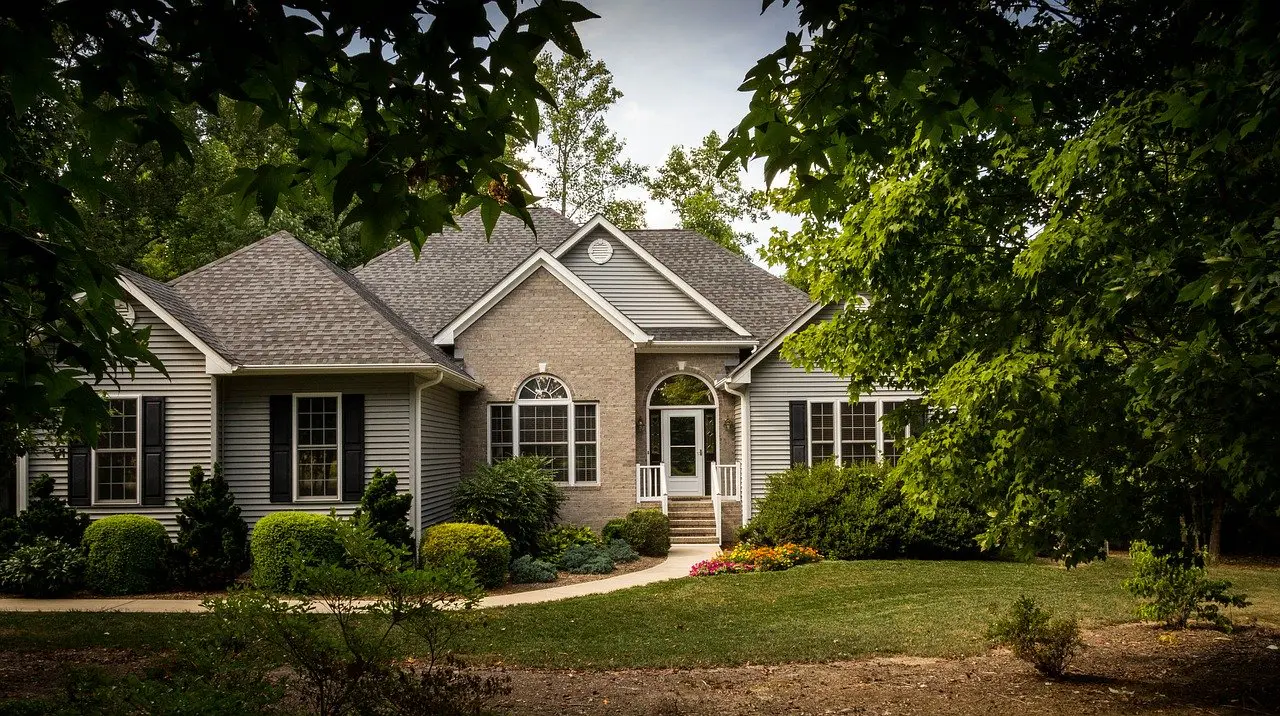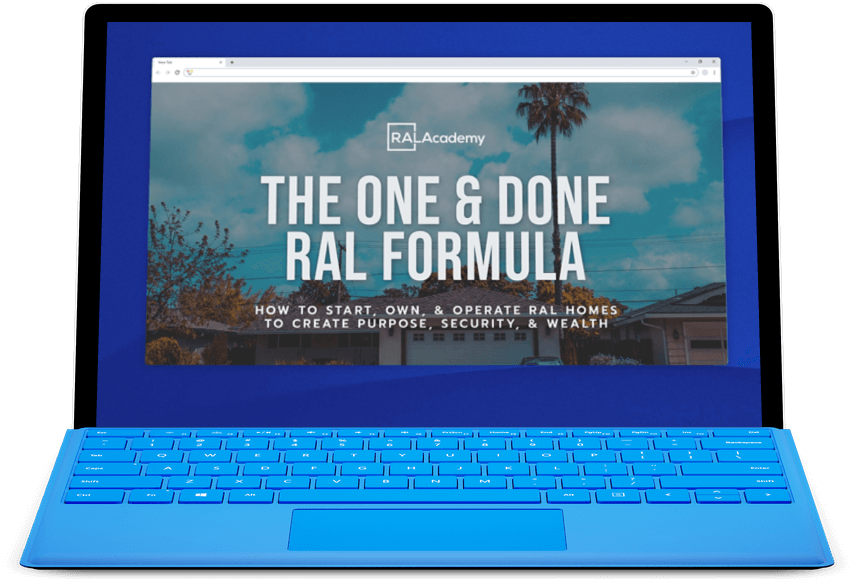There are 74.1 million baby boomers, and 10,000 of them turn age 65 every day, and it is estimated that approximately 4,000 of seniors are turning age 85 daily.
As a result, the need for senior assisted living housing continues to rise.
This expediential growth is a rapidly evolving investment opportunity yielding generational wealth.
It’s commonly referred to as the Silver Tsunami of baby boomers, resulting in an overwhelming need for a quality assisted living care.
The Silver Tsunami is causing many people to pop the big question – Can I turn my existing home into residential assisted living?
Gene Guarino, the founder of Residential Assisted Living Academy, has the answers homeowners are searching for.
Residential Assisted Living Academy has over 10 years of experience showing owners, operators and investors step-by-step how to earn $5,000, $10,000 even $20,000 additional cash flow monthly.
Want evidence that Residential Assisted Living Academy has a proven blueprint to capitalize on this growing opportunity? We have a long list of video testimonials of successful business owners who have used the RAL Academy blueprint.
This added income is based on utilizing one single-family home for assisted living.
The RAL Academy motto is “Doing Good and Doing Well” and we educate students on everything from A-Z about owning and operating a RAL home using the successful principles established by Gene.
If you are ready to ride the wave and increase your cash flow significantly, residential assisted living is the opportunity you have been waiting for.

Will My Home Work?
This is the #1 most frequently asked question when exploring residential assisted living. We created a 60-second quiz to help you with your answer so you can keep moving forward!
The Conversion Concept
Less than a century ago, “old folks homes” housed the elderly and provided very little care for those with memory loss.
Attempting to avoid this experience altogether, many seniors would opt to live in large mansions that provided optimal care.
These estates were frequently donated from wealthy foundations and operated as upscale quality assisted living homes.
New-aged regulations governing assisted living housing now impose codes, licensing, staffing requirements that did not exist decades ago.
Depending on your house, neighborhood and state, it may not be possible to convert your current home into an assisted living facility. We have developed a tool to help you kickstart the conversation of whether or not your home may be a good fit.
If your home is a fit to serve as a residential assisted living home, it is worth knowing ahead of time that converting that home into one that is up to code for residential assisted living care can be a lengthy process.
But home appropriateness is only one factor you need to consider. Location is key for a successful assisted living home. RAL Academy trainers and industry experts not only walk students through the process of turning traditional homes into assisted living homes, our real estate professionals also provide advisement of whether a home has potential to thrive in a selected location — or if the location will doom the business before day one of renovations.
The Transformation Process
If you do have a home that is fit to operate as an RAL and it is in an ideal location to generate revenue, ot’s important to do your homework prior to embarking on this journey. Assisted living homes are businesses – they have some unique stipulations and cannot always be converted based on residential zones.
Be sure to check with the city and county about the zoning of your property. There will likely be an application process for a local business license.
Oftentimes, businesses are required to present blueprints and a business plan with the application form and fees.
Usually, the state will conduct a site inspection during the application process.
You will be made aware of the modification needed in order to obtain your license.
Research is critical in the beginning stages.
Most states place assisted living licensing under a department related to health or social services.
Also, study the state regulations for size, space and safety requirements.
If you are transforming an existing home into an assisted living home, compare the requirements to your house.
Remember, you will need to comply with state, city and county codes.
Get several estimates prior to proceeding with the work of transforming your home.
Verify the cost and requirement for building permits for required work. Every municipality is different and our team is constantly providing additional support, strategy, and resourcing to our students to help them navigate their town or city rules and regulation.
Do not skimp on the process of evaluating the cost of renovations, modifications, and installations.
No only will you need to finances cosmetic changes to your homes, you will also need money to hire caregivers and support staff before you open your home to residents.
It is reasonable to assume that it will take about six months before earning sustained cash flow. We provide training and guidance to our students as they seek to raise capital to pay for costs and expert guidance to keep them on schedule.
Initially, you will need to occupy your RAL home with residents – this will take time.
Meanwhile, state staffing requirements still apply, and these requirements will require additional revenue despite limited profits when starting up.
Even when you only have one resident, you will be held to the same staffing requirements.
Various states have staff-to-patient ratios to accommodate the needs of residents.
Transforming your single-family home into assisted living senior housing is a detailed process that RAL Academy training makes easier to accomplish.
Three Overlooked Steps When Transitioning An RAL Home
How to convert a single-family home into an assisted living home? This is a question that I’ve received many times – it’s a big question.
This blog article is intended to point you in the right direction.
However, to gain most success, attending the Residential Assisted Living Academy will provide an A-Z blueprint for owning, operating and investing in the industry.
Three most overlooked components of residential assisted living are the following:
1. Local Zoning
2. State Regulations
3. Network
Local Zoning for Assisted Living
Some cities make it easy while others make it more difficult. Fair Housing laws often limit a city’s ability to restrict residential assisted living homes.
Some zoning requirements limit the number of beds you are allowed to have in your assisted living home to remain in compliance.
Zoning is one thing, building codes are another.
State Regulations for Assisted Living
Assisted living facilities are all regulated by each state, whether large or small. Regulations are always online.
Understanding how to implement and interpret the regulations is imperative.
To help sort out state regulations, attend classes or hire a consultant. Staying connected with other RAL business owners and operators.
The extra money it will cost to hire a consultant is nothing compared to the penalties you will have to pay for non-compliance.
Networking for Your Assisted Living Business
While there are many helpful resources, networking is key – stay connected. Use shared resources to navigate your path.
Local and state networking is beneficial to the rapid success of your business.
Networking also enables you to get the needed training to help you through the process. Networking teaches you how to do it and everything to avoid.
Start By Getting the Right Training
Residential Assisted Living Academy offers the country’s premier training event, 3-Day Fast Track. At this 3-day training event you will learn everything you need to overcome the obstacles to converting your home into an assisted living home OR make a confident decision to find a separate location.
Converting your home can be a great idea, but there is a lot to consider and our staff has seen it all and can help you make an informed and wise decision about your property..
Get started by gaining the necessary information and education from the Residential Assisted Living Academy.




